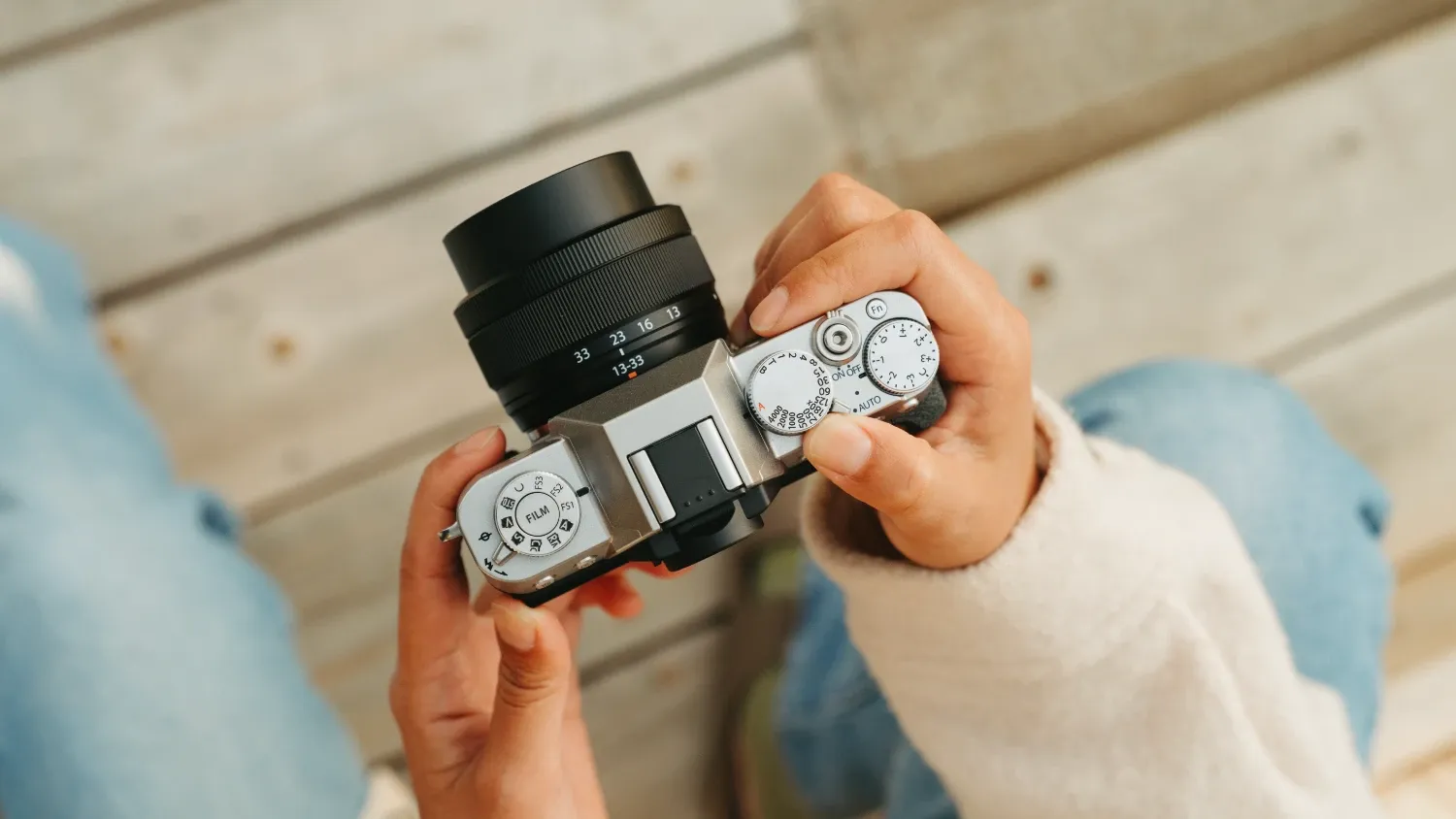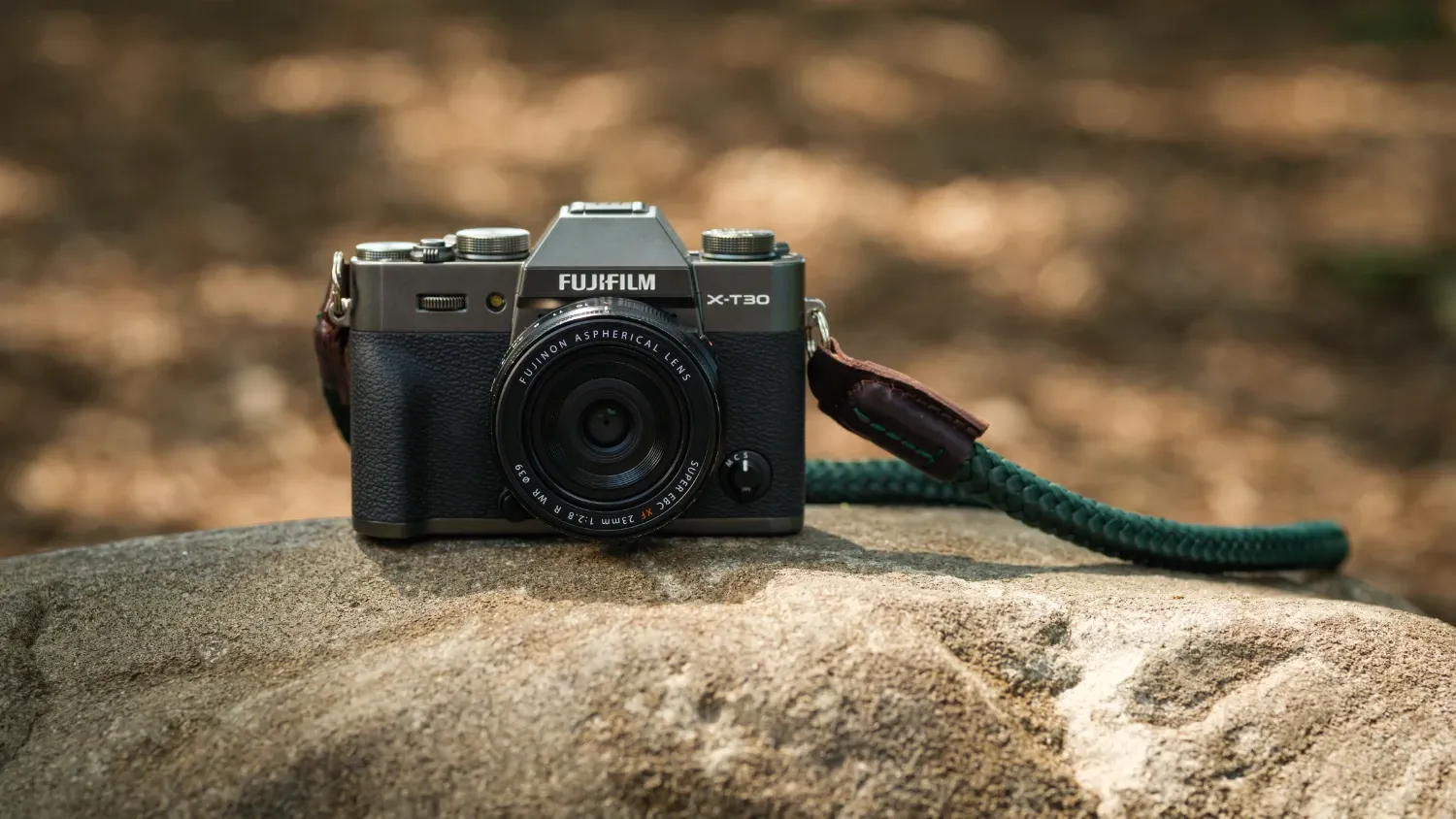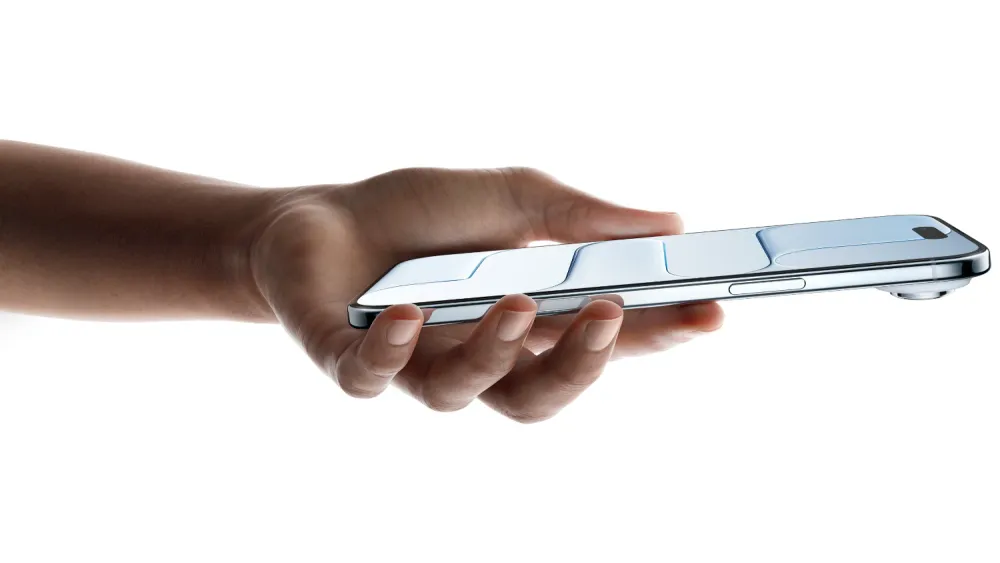It's funny how things work in cycles, sometimes. I recall when film cameras were transitioning to digital, and then when they began to lose ground to smartphones.
However, now that smartphone photos have become so heavily processed, the art of photography has taken a step back. So brands like Fujifilm really are focused on products that tempt people to step up from smartphone photography.
Like the new X-T30 III camera. With its powerful 26.1MP BSI X-TransTM CMOS 4 sensor and its AI AF subject detection and eye tracking technologies, Fujifilm is trying to help a new generation of photographers step beyond the smartphone.
The X-T30 III keeps the same compact 378-gram body as its predecessor, the X-T30 II, but packs in some meaningful upgrades that should make it more appealing to both newcomers and enthusiasts.
The biggest addition is the Film Simulation dial borrowed from the X-T50 and X-M5. It's a physical dial on the top plate that lets you quickly switch between 20 different Film Simulation modes.
You get access to looks like "REALA ACE" for unique colour reproduction and clear tonal gradation, or "NOSTALGIC Neg" for colourful yet soft tones. The dial has three customisable positions where you can save your own "Film Simulation Recipes" as well.

Under the hood, Fujifilm has upgraded the processor to the X-Processor 5, which processes images nearly twice as fast as the previous model. Battery life has also improved to 425 frames per charge when using Economy Mode.
The autofocus system now uses deep learning-powered subject detection that automatically recognises and tracks faces, eyes, animals, birds, cars, motorcycles, bicycles, aeroplanes, trains, insects, and drones.
Video gets a boost, with the X-T30 III now supporting 6.2K/30P internal recording in 4:2:2 10-bit quality, plus high-speed options at 4K/60P and 1080/240P.
There's also a new 9:16 movie mode specifically for vertical video, which is handy if you're shooting content for TikTok, Instagram Reels, or YouTube Shorts.
Digital image stabilisation helps smooth out both small shakes and larger movements when you're recording handheld or walking.
Fujifilm hasn't touched the features that made the X-T30 series popular in the first place. There's still an Auto Mode Selector lever on top that instantly switches to AUTO mode when you don't have time to dial in manual settings. The built-in pop-up flash automatically adjusts output for portraits in low light or backlit situations.
The centre viewfinder style puts the finder directly above the lens axis, giving you that classic shooting experience. The rear LCD monitor has a 1.62-million-dot tilt structure for easier composition from high or low angles, and the ergonomically designed grip fits comfortably despite the camera's compact size.
One neat addition: the X-T30 III can now connect wirelessly to Fujifilm's instax Link series printers for direct printing without an app, with support for instax mini, instax SQUARE, and instax WIDE formats.
Pricing and availability
The Fujifilm X-T30 III launches in Australia in late November 2025 as a body-only kit for $1,679.
A new FUJINON XC13-33mm F3.5-6.3 OIS lens will be available separately in December 2025 for $649, or bundled with the camera body in January 2026 for $1,949.





